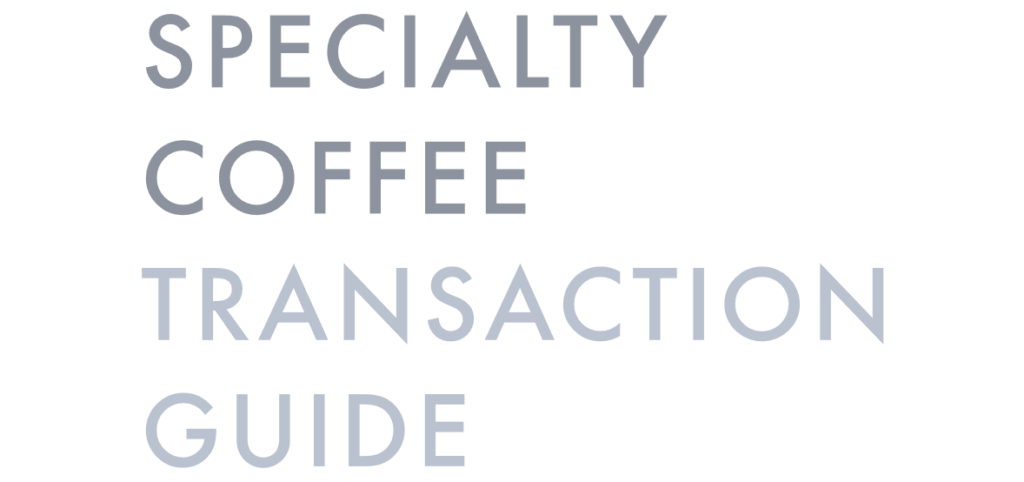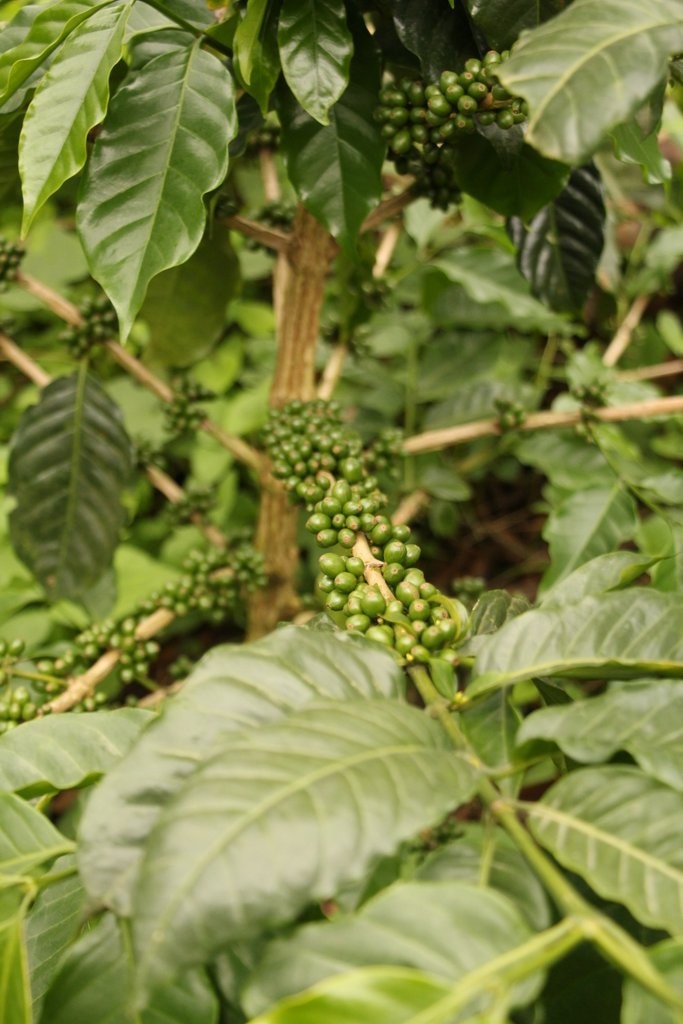‘Why is the specialty coffee price set to the C price and the not cost of production?’
The role of the C price, the coffee commodity price used as a global benchmark,,, has been the subject of much debate for the coffee industry, especially in Specialty Coffee circles. Coffeelands itself has dedicated much ink to the issues created by the C price: beginning with The Scandal of the C Price, and followed by Extreme Price Volatility Undermines the Coffee Sector and Proposing an Alternative Benchmark for Coffee Prices: The C-5.
Much of these criticisms are based on the disruptions caused by the volatility characteristic of the C Price. As Paul Hicks puts it, “More stable prices would enable coffee producers to plan and invest based on prices they can reasonably expect for their product, and mitigate the boom-and-bust cycle that has characterized the coffee market the last many years.”
But there is a further concern, and that is the impact on Specialty Coffee. Coffee Buyers and specialty roasters looking for high quality coffee, generally use the C Price as a benchmark. They set prices above the C Price by a varying margin, say a dollar or two. However, the C Price is largely driven by production numbers in Brazil, the world’s largest producer in terms of volume. Producing a high-quality and environmentally sustainable coffee requires more labor, more equipment, more inputs, and more knowledge. Specialty coffees, which are often produced by smallholders in Central America, Colombia and African nations like Ethiopia and Kenya, are essentially a different product, when compared to the mass and mechanized coffees of Brazil, but their price is still tied to the weather in Brazil. Does this (arbitrary?) additional margin cover these costs adequately? Are they being properly reimbursed for the extra costs involved in producing high grade coffee? In other words, why is the price not in reference to the true cost of production? Is this not a market failure?
If farmers are not covering the true costs of their production, they have no incentive to produce higher quality, more expensive coffees. Farmers will exit the market and begin to produce other crops, or commodity coffee instead. It is in the interest of the specialty coffee sector to ensure that producing quality coffee is a viable business for coffee producerss. And the C price is often not setting the price we need to achieve this. It is not truly market based.
So what can be done about it? Solutions such as establishing price minimums, or payments for environmental services, do not fundamentally address the industry’s market failures. There is a market systems failure rooted in asymmetric information. There is a need to promote inclusion, transparency, and stability in the market. Farmers need to know what their coffees are really worth, and buyers need to quantify what it costs to sustainably deliver the coffees they crave.
This is where the Specialty Coffee Transaction Guide (SCTG) comes in. As they say in their own words,
The Specialty Coffee Transaction Guide is a collaborative initiative that generates new, more relevant pricing benchmarks for differentiated coffees. Transaction Guide benchmarks serve as an alternative for the current reliance on the volatile C-market price for price discovery.
Each annual Transaction Guide is the result of a combined effort of a dedicated research team out of Emory University’s Business & Society Institute along with roughly 100 coffee companies and organizations that have donated information from more than 50,000 coffee contracts. This creates an anonymized and aggregated dataset that provides context for coffee price negotiations based on quality scores, and volumes purchased and country of origin.
In short, the guide provides a compass to specialty coffee buyers by providing transparency into what other buyers are actually paying for a pound of x or y quality coffee from z region. There is no more guess work, and no need to speculate how much more should I roughly be paying above C Price for this 87 point coffee from Huehuetenango. One prominent specialty coffee player stated emphatically that the SCTG was the most important development in the Specialty Coffee sector in the last 2 decades. On the production side of the equation, the guide allows producers to see what price their particular origin and quality score are fetching on the market.
Is the guide having an impact? The initiative began publishing data during the 2017/2018 season and anecdotal data is now coming in. Coffee buyers are indicating that it helps their companies develop midterm purchasing strategies, establish stable price points, and convince their management that paying the higher price is in the best interests of their business and the industry as a whole. One Green buyer also mentioned that the transparent and stable pricing, which the guide has helped the company establish, has led to quality improvements within their supply chain. Many coffee experts have argued that more transparent and stable coffee pricing would lead to farmers investing more in their farm, which in turn can improve production and quality.
On the producer side, it is helping farmers understand their coffee’s worth within a given market, while also moving them beyond a position of simply being ‘price takers’ in the market.
Housed alongside the Specialty Coffee Transaction Guide at the Business & Society Institute located within the Goizueta Business School at Emory University is the sister project, Grounds for Empowerment. This project works to develop and deliver practical learning sessions that help coffee farmers, specifically the women, participate more effectively in specialty coffee markets. The SPTCG is a key part of the training of these women, helping them to better understand the markets they are entering.

Both these initiatives are nascent and need support to continue their work. Please check out their websites and see how you and your organization might be able to contribute strengthening this important effort.





